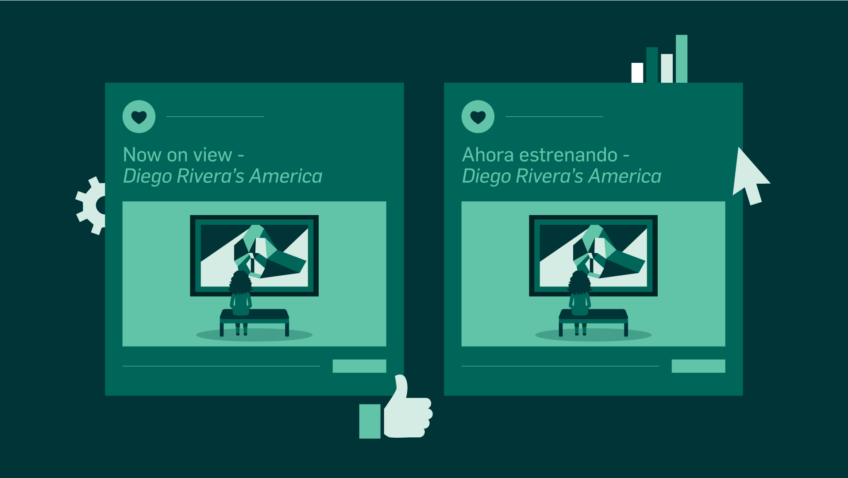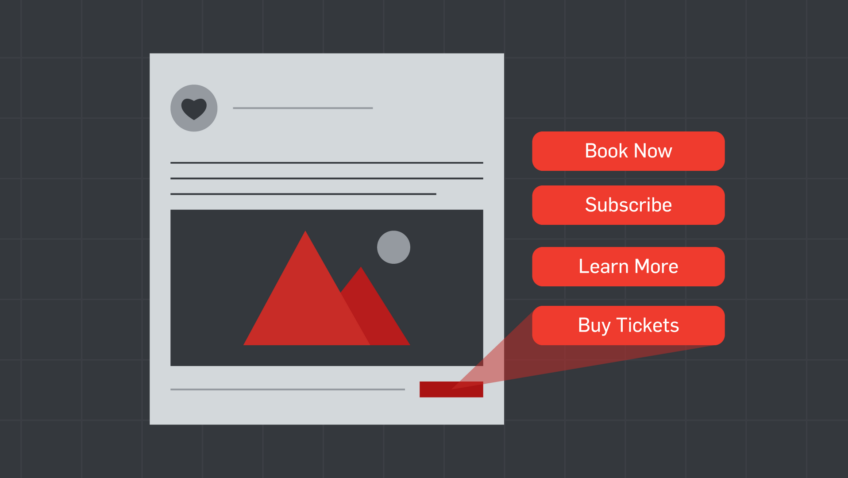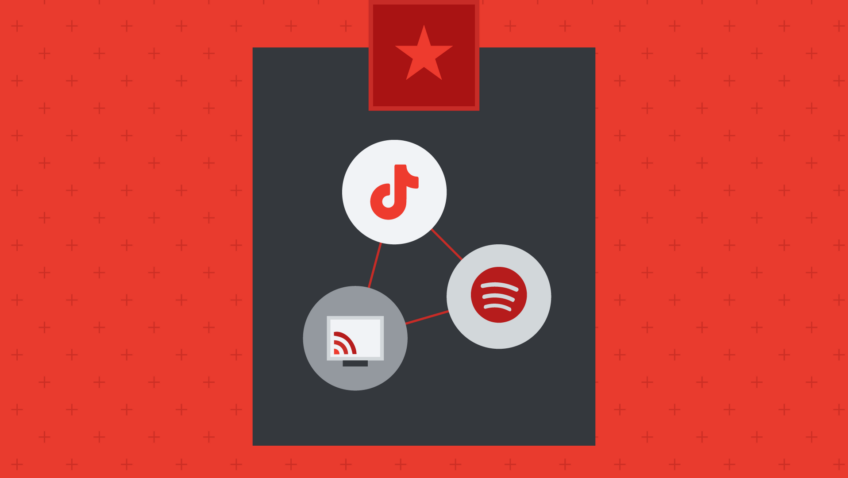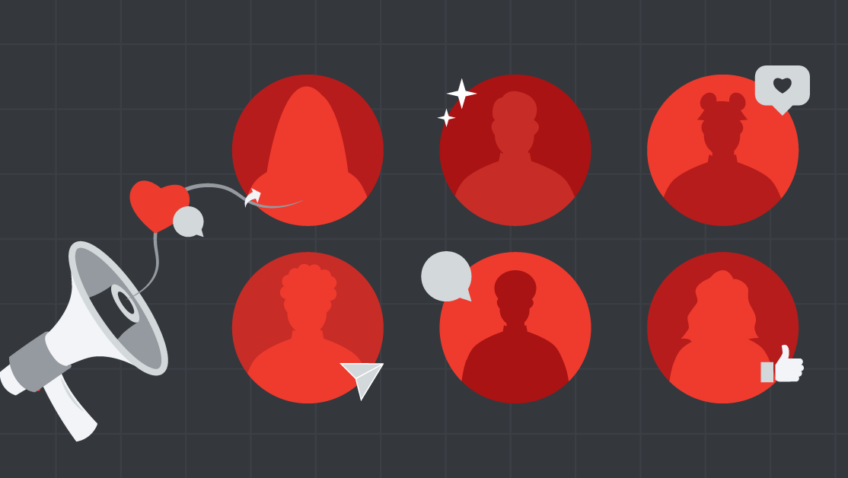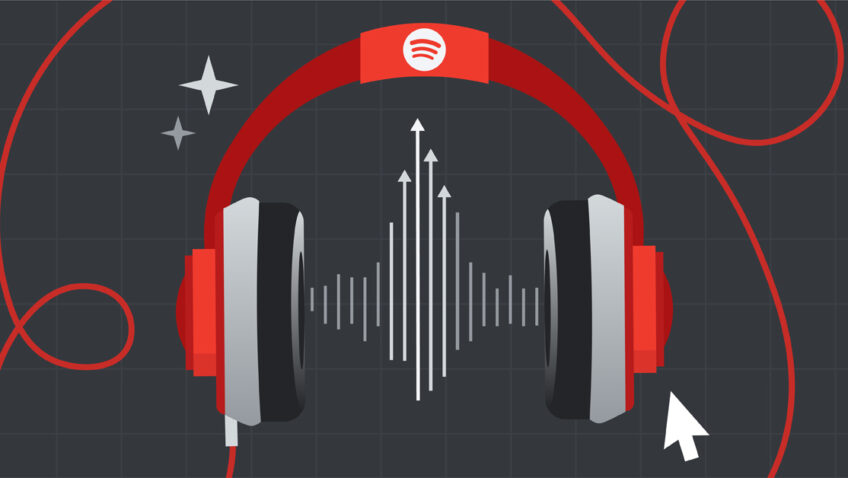Facebook’s Move to Pay for Play
Facebook recently made a dramatic change that affects all arts orgs that have worked to build a Facebook fan following. It started in early October when page admins began to see a decline in how many fans saw their posts.
Facebook posts are now seen by 30-50% fewer users. If you have 10,000 fans, in the past, a good post with lots of engagement could reach 2,000 users. Now, a similar post is lucky to reach half that number.
Over the past year Facebook has been aggressively promoting Promoted Posts and Sponsored Stories. These advertising units allow page admins to boost the number of fans that see their posts. With some money behind the post, it can go from 10-15% of fans seeing a post to more than 50%.
With Facebook now a public company, they are under pressure to bring in more advertising dollars. Now it is evident that charging brands and organizations to reach their fans and prospects is one of the ways they are going to do it. Frustrating? Yes. A reality? You bet.
Eyeballs have moved from the pages of newspapers to the pages of Facebook. Facebook is the #2 most visited site on the web and users spend, on average, 405 minutes per month on the site, according to comScore.
Facebook is a natural fit for arts organizations. Facebook is a visual medium. People visit Facebook for leisure and to escape. Luckily arts orgs also provide leisure and escape. (It is not like we are selling paper clips or insurance). Our patrons enjoy seeing us on Facebook and we can easily reach them and connect with them there.
So is Facebook becoming like a newspaper? For a brand or organization to guarantee presence, do you have to pay to play? I am afraid that is the new normal. Facebook has spent eight years building the assets to become an essential part of any digitally-savvy organization’s marketing mix. And we fell right into Facebook’s web when it was essentially free. Now with so many organizations deeply invested, they have changed the rules.
So from here, two things can happen. Brands and organizations can realize the value of Facebook and pony up the cash. Or they revolt against Facebook and begin to move their efforts to other social tools like Google+ and Pinterest that are less commercial. If that happens, my guess is that eventually these networks will eventually work to monetize organizations that use their platform to market. And then the process will continue.
For now, we recommend that arts orgs spend the effort and money to hire staff or agencies that can help them take advantage of Facebook’s marketing tools. And invest the money to boost efforts on Facebook. Facebook has built an incredibly powerful marketing interface.
To learn more, check out this article I wrote for Musical America called Best Practices: Facebook Marketing for Arts Organizations.


